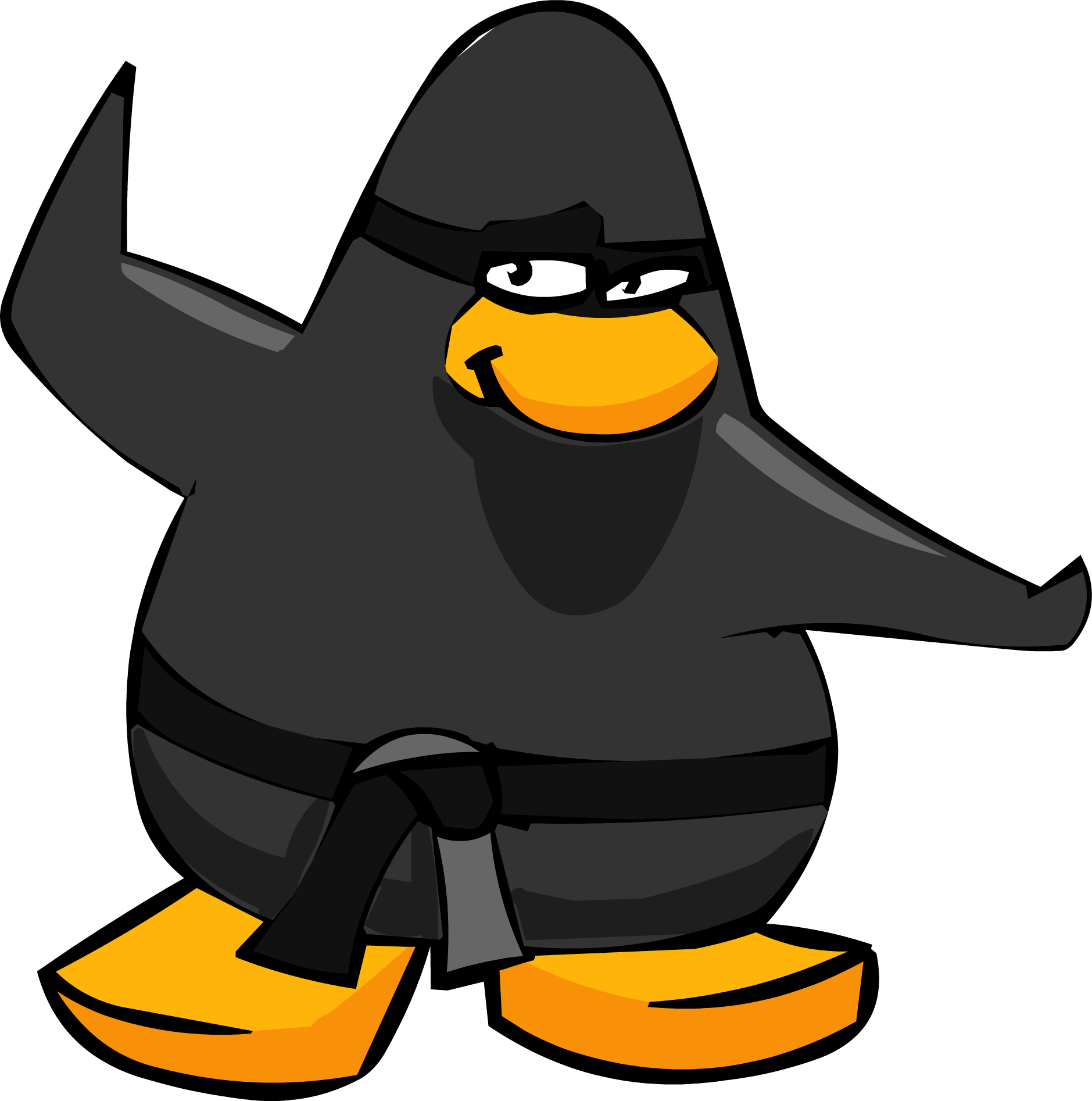
Happy Thanksgiving Week!
In the spirit of being thankful and spending time with family this week we will be sharing a couple fo the Thanksgiving Proclamations that have been put out by various American Presidents.
Today’s proclamation is from 1938 from the desk of President Roosevelt. The winds of war were blowing in Europe. The Great Depression was still effecting the US. There was a lot of uncertainty in the world. With this brief proclamation the President emphasis the one simple phrase that would see the country through the coming storm. “In God We Trust.”
The 1938 Thanksgiving Proclamation
 |
||
|
Our Fathers set aside such a day as they hewed a nation from the primeval forest. The observance was consecrated when George Washington issued a Thanksgiving proclamation in the first year of his presidency. Abraham Lincoln set apart “a Day of Thanksgiving and Praise to our beneficent Father who dwelleth in the heavens.” Thus from our earliest recorded history, Americans have thanked God for their blessings. In our deepest natures, in our very souls, we, like all mankind since the earliest origin of mankind, turn to God in time of trouble and in time of happiness. “In God We Trust.” For the blessings which have been ours during the present year we have ample cause to be thankful. Our lands have yielded a goodly harvest, and the toiler in shop and mill receives a more just return for his labor. We have cherished and preserved our democracy. We have lived in peace and understanding with our neighbors and have seen the world escape the impending disaster of a general war. In the time of our fortune it is fitting that we offer prayers for unfortunate people in other lands who are in dire distress at this our Thanksgiving Season. Let us remember them in our families and our churches when, on the day appointed, we offer our thanks to Almighty God. May we by our way of living merit the continuance of His goodness.
|
||







![Good Morning, Vietnam (25th Anniversary Edition) [Blu-ray]](https://i0.wp.com/images-na.ssl-images-amazon.com/images/I/51MwagJEubL._SY445_.jpg?w=474&ssl=1)



